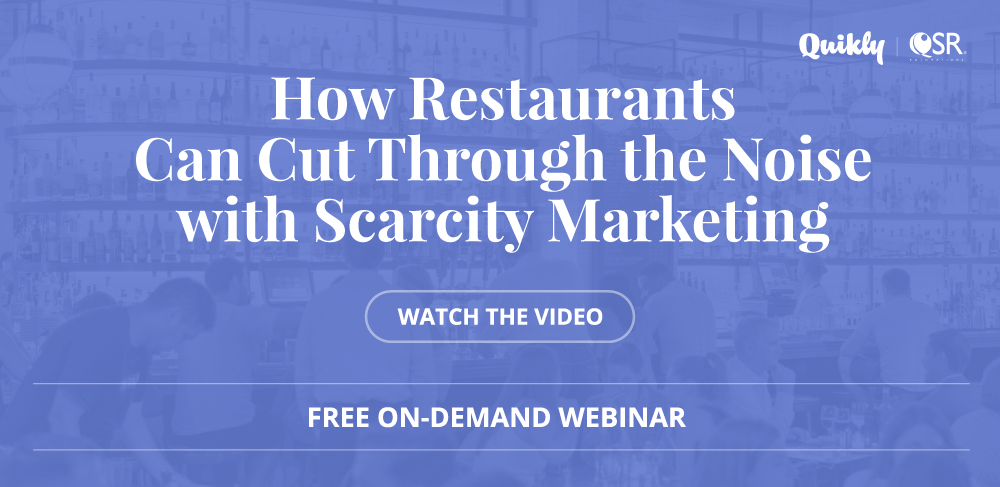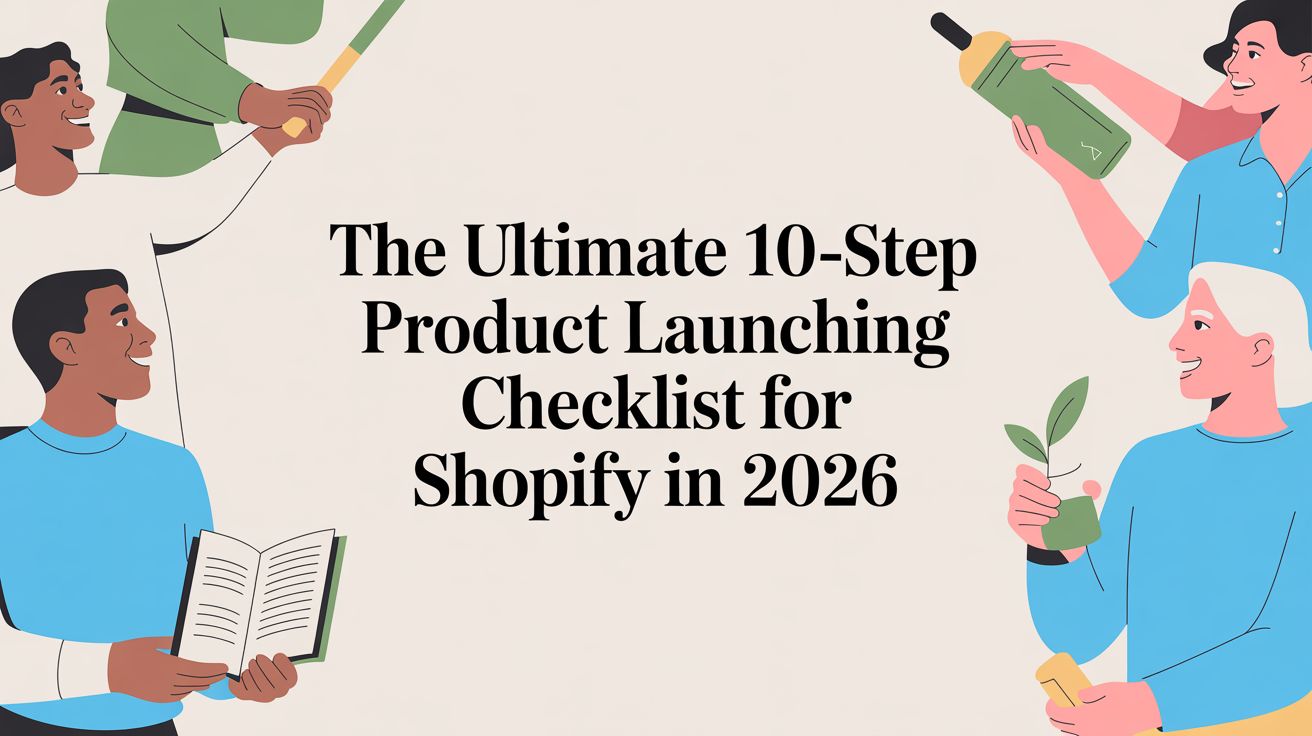
How third-party aggregators affect restaurant marketers (with video)

There are more choices than ever before on where, when and how to eat. Today, people can order a steak, sandwich or smoothie and have it delivered right to their door. While using third-party aggregators, like DoorDash and Grubhub, can be beneficial for both diners and restaurants, it’s something that keeps some marketers up at night.
Shawn Geller has heard about these concerns firsthand. He has spent the last seven years as CEO and co-founder of Quikly, a technology platform that uses psychological motivators — like scarcity, anticipation and fear of missing out — to help restaurant marketers achieve their goals faster and more cost-effectively.
Ahead of Quikly’s “How Restaurants Can Cut Through the Noise with Scarcity Marketing” webinar, he was willing to divulge some valuable intel on the role of third-party aggregators, and today's digital landscape in general, for restaurant marketers.
Why are third-party aggregators keeping restaurant marketers up at night?
“They’re trying to create that 'Amazon effect' of push button, get food. It can be good, but it can also be really kind of scary. And I think a lot of marketers are kind of looking to figure out how to adjust and adapt to that landscape.”
What does the new digital landscape mean for restaurants?
“I think it completely almost levels the playing field for anyone and every brand to be looked at as somewhat the same. If you go down these lists, it’s very easy for me to click on a new brand that I’ve never checked out before and all of a sudden my favorite pizza place is no longer my favorite pizza place. Especially if they’re selling space for top advertisers, and if that’s not you that week, you might be out of luck. So all of a sudden, this ease of access, the delivery to my home, the ability for someone who’s had this close relationship from the customer to that specific brand is no longer there, and that’s a really scary thing. It’s a scary thing when you start to see that you are selling an unnecessary evil to kind of commit to these things, and shortly thereafter you start to bleed out existing customers, and so you are almost forced to go back to the aggregators to try to get the next set of new ones.”
Are third-party aggregators bad for business?
“Brands today and marketers within the restaurant space need to have a combination of different things at their arsenal to attack this. I don’t think that these aggregators are always bad. They can actually be good, especially for smaller restaurant chains that have less sophistication in their marketing technology and maybe not as much of a mass audience. So I think it’s just a combination of adding in a bunch of things to their toolset to be able to adapt and adjust if need be.”
What should restaurant marketers keep in mind about consumers today?
“Marketers are really tasked with trying to authentically build a one-to-one relationship with customers directly. If I’m a customer today, the thing I care about most is convenience, I care about the quality of the product and I care about the price. And so as a consumer, if I don’t feel like I have one of those three things going on with a brand, that’s a really undesirable place for me as a consumer to be so I'm going to look elsewhere, especially if it’s easy for me.”
What’s the opportunity for restaurant marketers in a world with third-party aggregators?
“These aggregators have spent aggressively to acquire new customers and amass a significant amount of customers who are being trained daily to push button, get food. And that’s exciting. That can be an exciting opportunity for restaurant brands. It could unlock millions upon millions of people who have never made purchases digitally before. And so, the promise of what that could look like is really exciting for marketers to consider joining up and teaming up with these aggregators, which again, might not be a bad thing. It’s just, what’s your game plan longer term? Because the immediate benefit might not outweigh, in the positive way, the long-term negative impact of what this can do to your brand.”
What can restaurant marketers do to positively affect their long-term business strategy?
“As a restaurant marketer, I would focus on two things. One is how do I make sure that the technology is sound and easy to use for a consumer: push button, get food. That’s one area that they can probably control. The second thing I’d say is make sure you have some kind of ongoing native loyalty program that is captivating enough and motivating enough to get people to transact regularly and keep you top of mind as opposed to just, ‘Hey, I’m going to make a purchase here and there, whenever I’d like.’ ”
If I’m a restaurant marketer working at a large brand, how should I navigate using third-party aggregators?
“Even diversifying within the Uber Eats, the DoorDash, making it so that you can access that wherever you want, but that not being the main thing or place in which consumers are able to purchase from you. Try and make your own channel be the one place that most people will go to transact and have those as kind of complementary as opposed to the primary.”

Andrea Gonzales-Paul is a brand journalist at Quikly. Her background is in storytelling, specifically working in TV news and documentary filmmaking.

